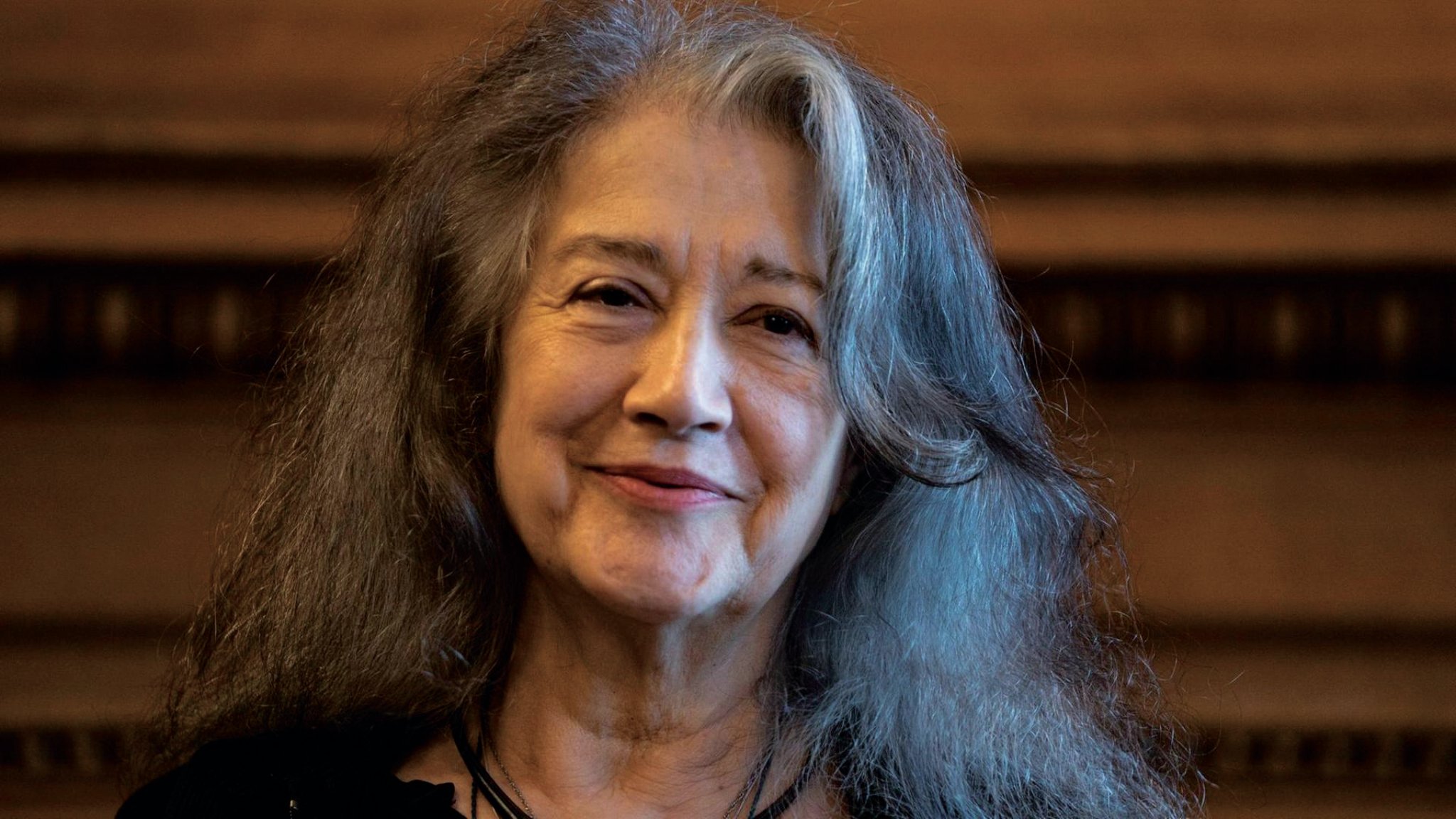

Line up
- Piano
Program
-
Franz Schubert (1797 ‒ 1828), arr. Franz Liszt (1811 ‒ 1886)
-
Lieder: «Das Wandern» | 2'
-
«Der Müller und der Bach» | 6'
-
«Liebesbotschaft» | 3'
-
«Aufenthalt» | 4'
-
«Ständchen» | 6'
-
«In der Ferne» | 7'
-
«Auf dem Wasser zu singen» | 5'
-
«Erlkönig» | 5'
-
«Ave Maria» | 6'
-
-
Richard Wagner (1813 ‒ 1883), arr. Franz Liszt
-
Fantasie über Themen aus «Rienzi» | 9’
-
Spinnerlied aus «Der fliegende Holländer» | 6’
-
«O du mein holder Abendstern» aus «Tannhäuser» | 7’
-
Elsas Brautzug zum Münster aus «Lohengrin» | 9’
-
Liebestod aus «Tristan und Isolde» | 8’
-

Event Description
The estimated duration of this program is 95 minutes, including break.
-
Mécène Fondatrice et Principale
-
-
Anchor sponsor
-
-
Sponsor
-

-

-
Kurt and Silvia Huser-Oesch Stiftung
-
Maestro’s & Director’s Impulse Fund, Adrian and Isabelle Weiss-Zweifel
-
Michael and Emmy Lou Pieper Fonds
-
Nadia Guth-Biasini
-

-
Marc Rich Foundation
-



